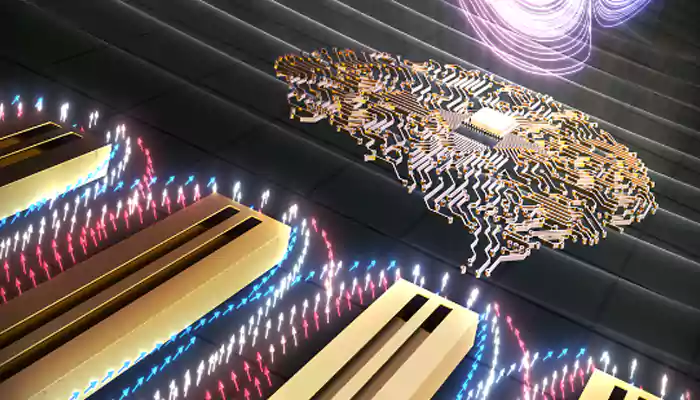
In the rapidly advancing realm of technology, the pursuit of machines capable of emulating the human brain has given rise to the concept of neuromorphic computing. This revolutionary approach to artificial intelligence (AI) seeks to bridge the gap between traditional computing systems and the intricacies of human cognition. As we move to neuromorphic computing, the spotlight shifts from sheer processing power to replicating the complex neural networks that validate human intelligence.
Understanding Neuromorphic Computing: Neuromorphic computing draws inspiration from the architecture and functionality of the human brain. Unlike conventional computers relying on binary logic and sequential processing, neuromorphic systems harness the parallel processing capabilities inherent in the brain's design. The term "neuromorphic" itself denotes the emulation of the morphology and function of neurons.
1. Neurons and Synapses: Neuromorphic systems utilize artificial neurons and synapses to emulate the fundamental building blocks of the brain. These components empower the system to process information in a manner closely resembling the human neural network. Artificial neurons and synapses play the most vital role in neuromorphic computing.
2. Parallel Processing: The human brain excels at parallel processing, handling multiple tasks simultaneously. Neuromorphic computing leverages this capability, enabling more efficient and rapid computation than traditional models. It can multitask more effectively and complete several tasks without making errors compared to human brains.
3. Adaptive Learning: A hallmark of neuromorphic computing is its capacity for learning and adaptation. These systems deploy algorithms inspired by biological learning processes, such as synaptic plasticity, enhancing their performance over time. That makes it adapt to any new learning in less time and effort.
4. Energy Efficiency: Unlike power-hungry traditional processors, neuromorphic computing architectures prioritize high energy efficiency. These systems can perform computations with significantly lower energy consumption by mimicking the brain's ability to activate specific regions based on task requirements,
1. Artificial Intelligence: Neuromorphic computing seamlessly integrates with AI applications, enabling more human-like reasoning and decision-making. From image and speech recognition to natural language processing, neuromorphic AI systems can revolutionize the field.
2. Robotics: Robots equipped with neuromorphic processors can navigate complex environments, adapt to changing conditions, and interact with humans more intuitively. It opens up new possibilities for applications in healthcare, manufacturing, and other industries. We can use neuromorphic networks extensively in the field of robotics and process control automation.
3. Neuromorphic Sensors: The involvement of neuromorphic sensors in devices facilitates efficient and context-aware data processing. These sensors emulate the human sensory system, propelling advancements in computer vision and autonomous vehicles. It will enhance the precision of the sensor and make it more efficient.
Challenges and Future Outlook: While neuromorphic computing holds immense promise, challenges persist in scalability, hardware implementation, and algorithm development. Researchers actively strive to overcome these hurdles, aiming to unlock the full potential of neuromorphic systems.
Looking ahead, the era of neuromorphic computing promises to create machines that not only surpass traditional computing capabilities but also closely emulate the complexities of the human mind. As advancements continue, we can anticipate transformative changes in various industries, ushering in an era where machines can operate with a mind of their own. This journey, however, is not without obstacles, and overcoming them will be crucial in realizing the profound impact that neuromorphic computing can have on shaping the future of technology.